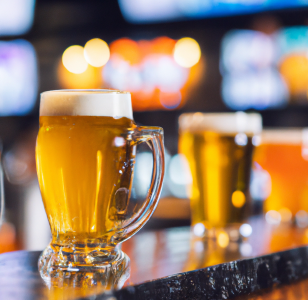
Place of Last Drink (POLD) is a strategy to reduce the service of alcohol to obviously intoxicated customers (also called "overservice") at bars, restaurants, and other places that sell alcohol for consumption on their premises. POLD uses data to identify places that demonstrate patterns of overservice. When these places are identified, it is possible to intervene to prevent future overservice, along with the problems linked to overservice of alcohol. POLD can provide agencies with objective data to help them address overservice more effectively and consistently. Current research and evaluations suggest POLD may not reduce alcohol-related problems by itself; however, it can help address concerns with specific places and complement other strategies as part of a comprehensive approach to reduce overservice.
A POLD initiative started in 2014 in Minnesota. To learn more about the history of POLD in Minnesota, click here.
Note: The Alcohol Epidemiology Program (AEP) evaluated POLD in the context of the retail environment. POLD can also be used to identify overservice in settings other than bars and restaurants (e.g., community festivals, stadiums, party houses, etc.).
Learn more about POLD
We have developed resources, including a manual, videos, and case studies, for those interested in learning more about POLD. Click here to access these resources.
Funding
One POLD evaluation project is supported by the Centers for Disease Control and Prevention of the U.S. Department of Health and Human Services (HHS) as part of a financial assistance award totaling $832,821 with 100 percent funded by CDC/HHS. The contents are those of the authors and do not necessarily represent the official views of, nor an endorsement, by CDC/HHS, or the U.S. Government.
Another POLD evaluation project is supported by a grant from the National Institute of Alcohol Abuse and Alcoholism, R01AA028013, T. Toomey Principal Investigator.